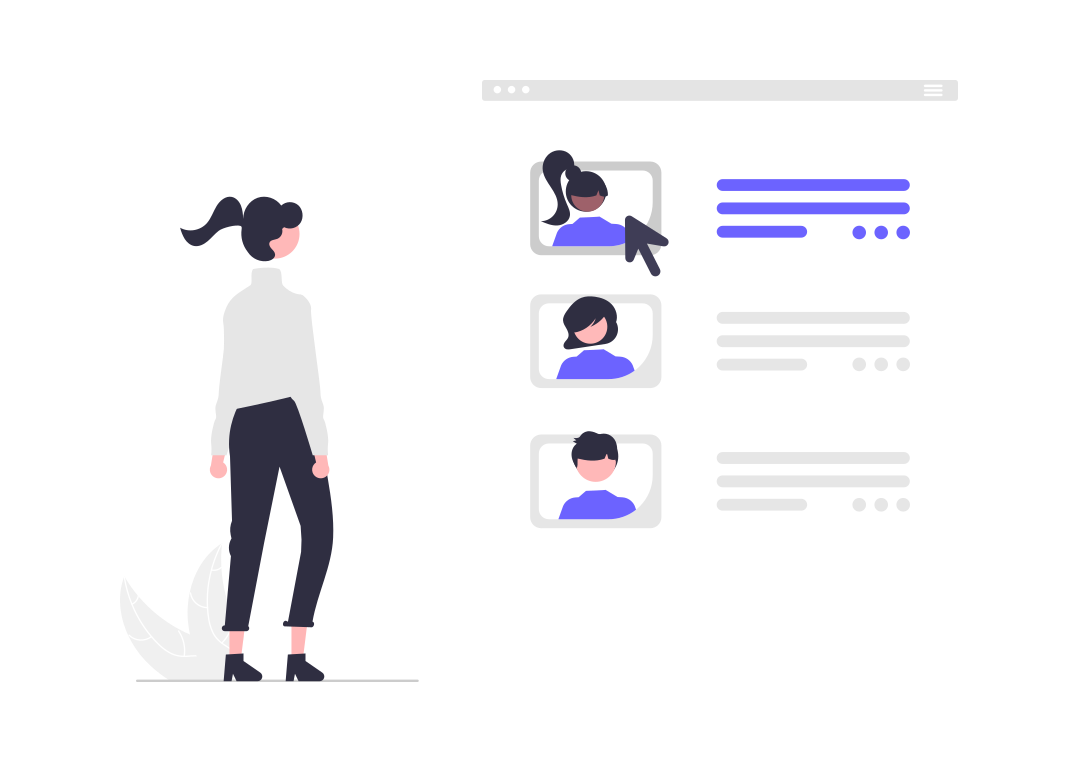In the evolving landscape of B2B marketing, understanding your audience goes beyond just knowing their industry or company size. Psychographic segmentation delves into the psychological aspects of your audience, offering deeper insights into their motivations, values, and behaviors. This guide explores the nuances of psychographic segmentation and how it can significantly enhance your marketing efforts.
Understanding Psychographic Segmentation
Defining Psychographics
Psychographic segmentation involves dividing your audience based on psychological characteristics, including:
- Values: What principles do they prioritize?
- Personality Traits: Are they risk-takers or cautious decision-makers?
- Interests and Hobbies: What engages them outside of work?
- Lifestyles: What does a typical day look like for them?
- Opinions and Beliefs: What are their stances on relevant issues?
Importance in B2B Marketing
Psychographics add a layer of depth to traditional demographic and firmographic data, allowing marketers to create more personalized and compelling messages. Understanding the "why" behind business decisions can lead to more effective marketing strategies and stronger connections with your audience.
Steps to Implement Psychographic Segmentation
Step 1: Gather Qualitative Data
Begin with qualitative research to uncover the psychological traits of your target audience. Methods include:
- Interviews: Conduct in-depth interviews with current clients to understand their motivations and values.
- Surveys: Use open-ended survey questions to gather detailed responses.
- Focus Groups: Organize focus groups to observe and analyze group dynamics and shared opinions.
Step 2: Analyze and Identify Patterns
After collecting qualitative data, identify common themes and patterns. Look for recurring values, interests, and behaviors that can help segment your audience into distinct psychographic profiles.
Step 3: Develop Psychographic Profiles
Create detailed profiles for each segment, outlining their key psychological characteristics. For example, you might identify segments such as:
- Innovators: Valuing cutting-edge technology and innovation.
- Traditionalists: Preferring established methods and proven results.
- Sustainability Advocates: Prioritizing eco-friendly practices and corporate responsibility.
Step 4: Integrate with Existing Data
Combine psychographic profiles with existing demographic and firmographic data to get a holistic view of your audience. This integration allows for more precise targeting and personalization in your marketing efforts.
Crafting Targeted Marketing Strategies
Tailored Messaging
Use your psychographic insights to craft messages that resonate with each segment's values and motivations. For instance, emphasize innovation and future benefits for Innovators, while highlighting reliability and tradition for Traditionalists.
Personalized Content
Develop content that speaks directly to the interests and concerns of each segment. Whether it's blog posts, whitepapers, or social media content, ensure that your messaging aligns with their psychographic profile.
Engagement Tactics
Employ engagement tactics that match the preferences of your segments. Innovators might respond well to interactive and cutting-edge digital experiences, while Traditionalists might prefer more straightforward, informative approaches.
Benefits of Psychographic Segmentation
Enhanced Personalization
Psychographic segmentation allows for a higher level of personalization, making your marketing messages more relevant and engaging for each segment.
Improved Customer Insights
Understanding the psychological drivers of your audience provides deeper insights into their needs and pain points, enabling you to address them more effectively.
Stronger Connections
By aligning your marketing strategies with the values and motivations of your audience, you can build stronger, more meaningful connections that foster loyalty and trust.
Conclusion
Psychographic segmentation offers a powerful tool for B2B marketers seeking to deepen their understanding of their audience and create more impactful marketing strategies. By focusing on the psychological aspects that drive business decisions, you can craft personalized, resonant messages that truly engage your audience and drive sales.


